
The song and dance routine Working the North Pool was always one of my favorite pools to work. In this case a pool was a regulated number of assigned crews that rotated on what was known as a board. The first out crew was the next call and a crew that just tied up would […]
Read More…
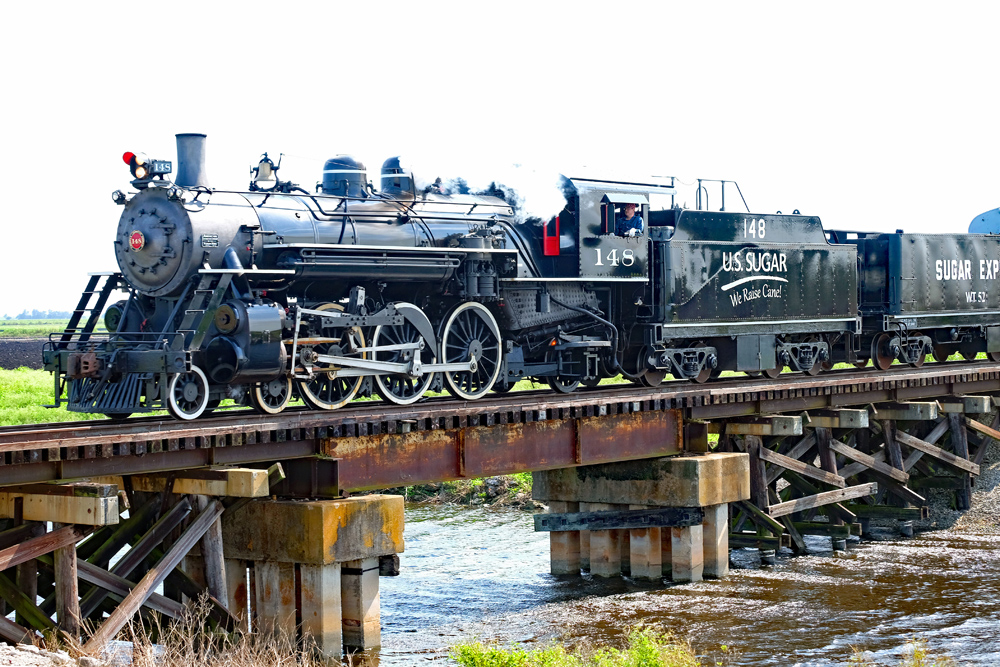
New tricks Most of you know me from my career as a main line diesel locomotive engineer — a fair assessment. Deep down inside of me though, there lurks a little boy filled with awe and excitement for that American Flyer Pennsy K4, chugging around under my Christmas tree. I’m writing this from the relative […]
Read More…

The Illinois Terminal Railroad might be one of the most misunderstood Class 1 railroads of the 20th century. If you think “the I.T.,” as most called it, was just a creaky electric interurban that gave up on passengers and got some diesels to haul freight to a few customers, think again. Illinois Terminal was […]
Read More…
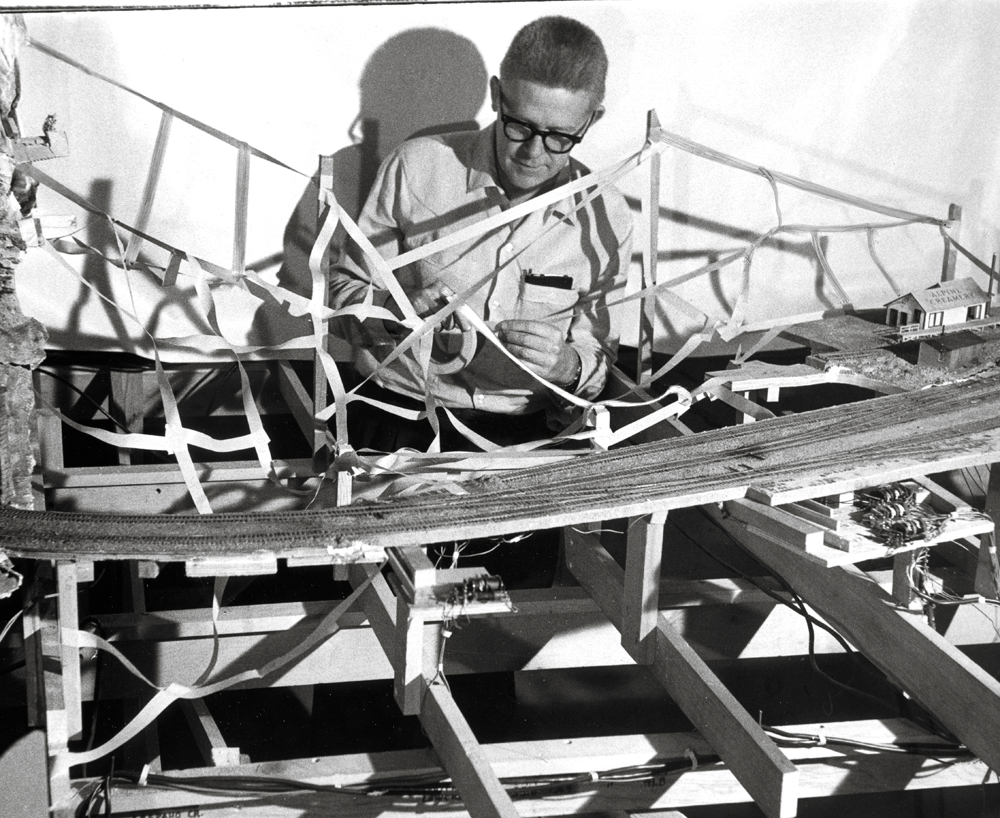
The 1970s were a time of change. Model railroading was no exception. Modelers tested new techniques and technologies, while the niches of different scales and styles grew into mainstays. During that pivotal decade, these Model Railroaders stood out as pioneers of the hobby and industry. Their contributions have helped shape the hobby we know and […]
Read More…
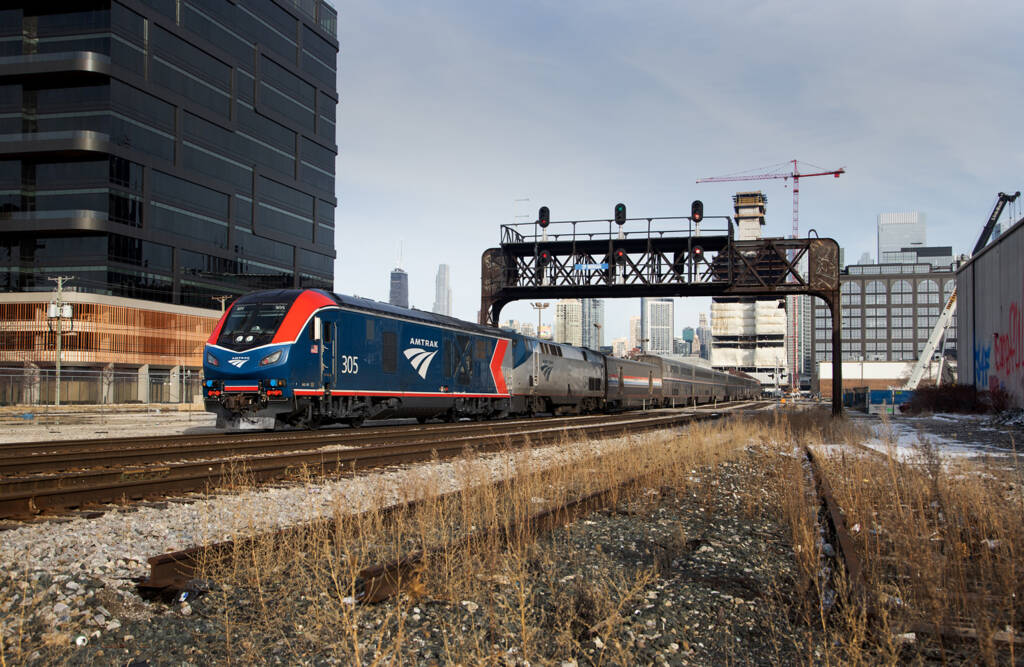
Next-generation rail photographers Thirteen-year-old me got a stern bit of unsolicted trackside advice one day. “Railroading isn’t what it used to be. Everything looks the same and you have no idea what it was like before your time.” Another voice, some time later, said today’s wide cabs will be as glorified as the bygone days […]
Read More…
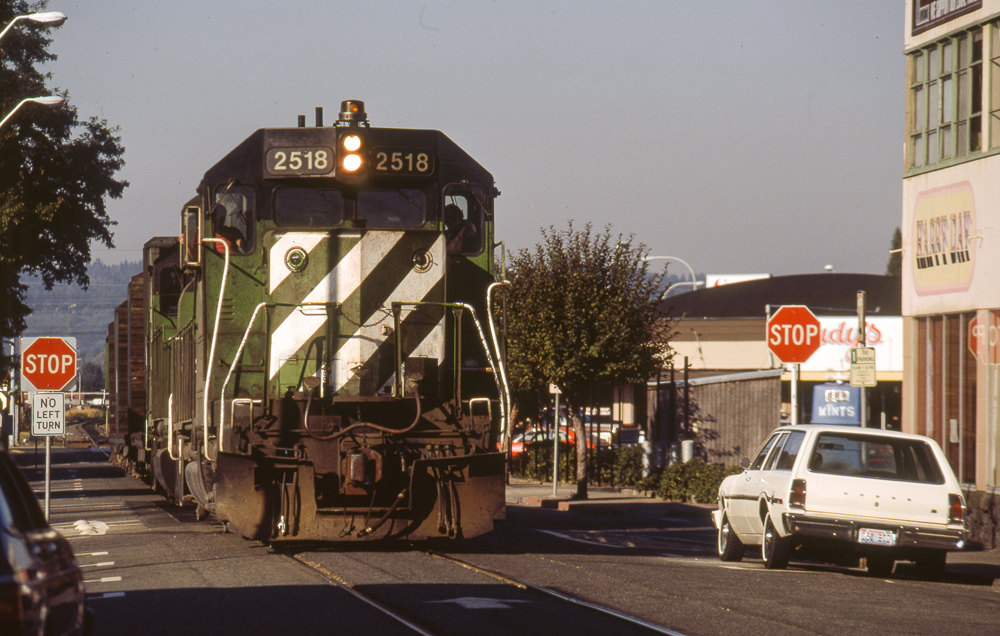
Hot stove On the day after Thanksgiving of 1981, the crew desk called me as the conductor to dog catch the North Bend local. We went on duty at Burlington Northern’s Stacy Street Yard in Seattle, a former Northern Pacific Terminal, located south of downtown and a couple blocks west of today’s Lumen Field (Seahawks) […]
Read More…
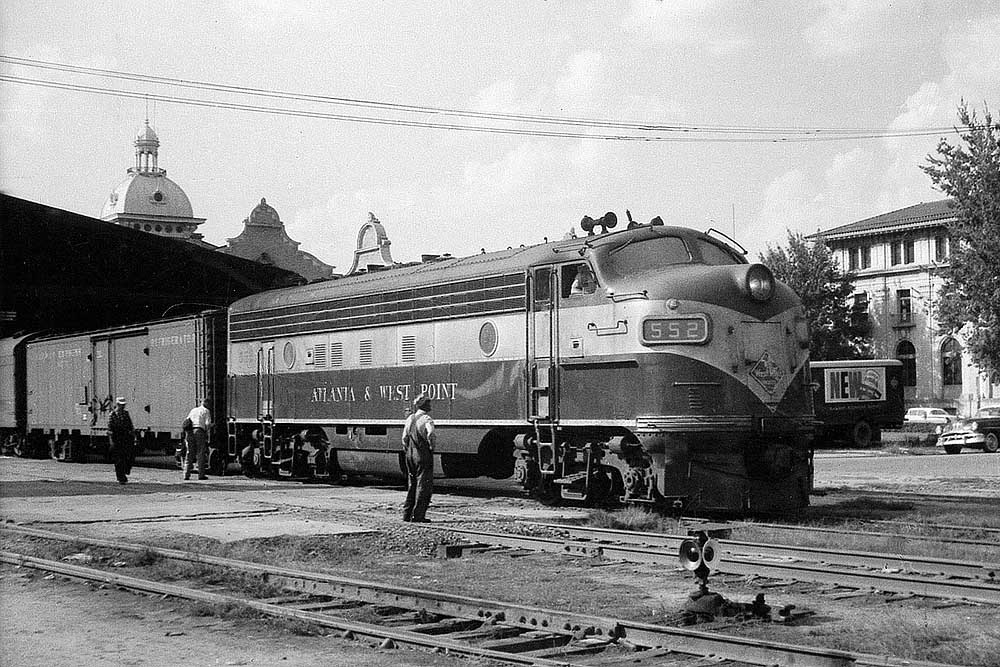
First the tracks were built east. Then west. Then west some more. Such were the uncertain beginnings of what became the West Point Route. Construction began on the banks of the navigable Alabama River at Montgomery, the capital. During 1834-41, 32 miles of standard-gauge track extended east toward both West Point and Columbus, Ga., […]
Read More…
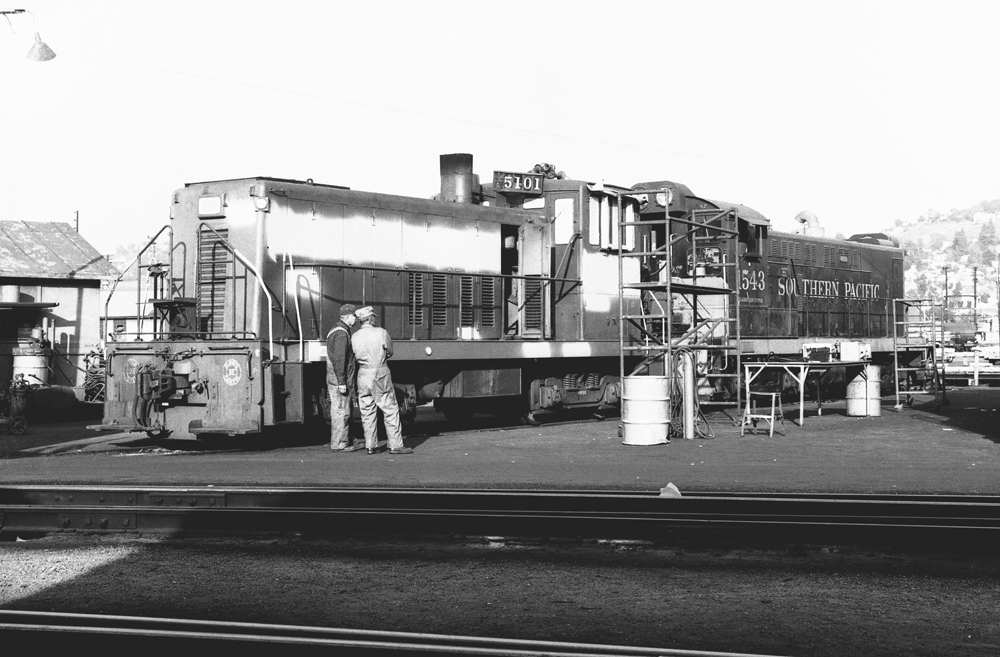
Diesel locomotive paint track A visit to Southern Pacific’s Taylor Yard in Los Angeles always included a run by of its diesel locomotive paint track. It was the one place that the usual combined with the unusual, the largest mingled with the smallest. A model of practically everything the SP owned sooner or later wound […]
Read More…
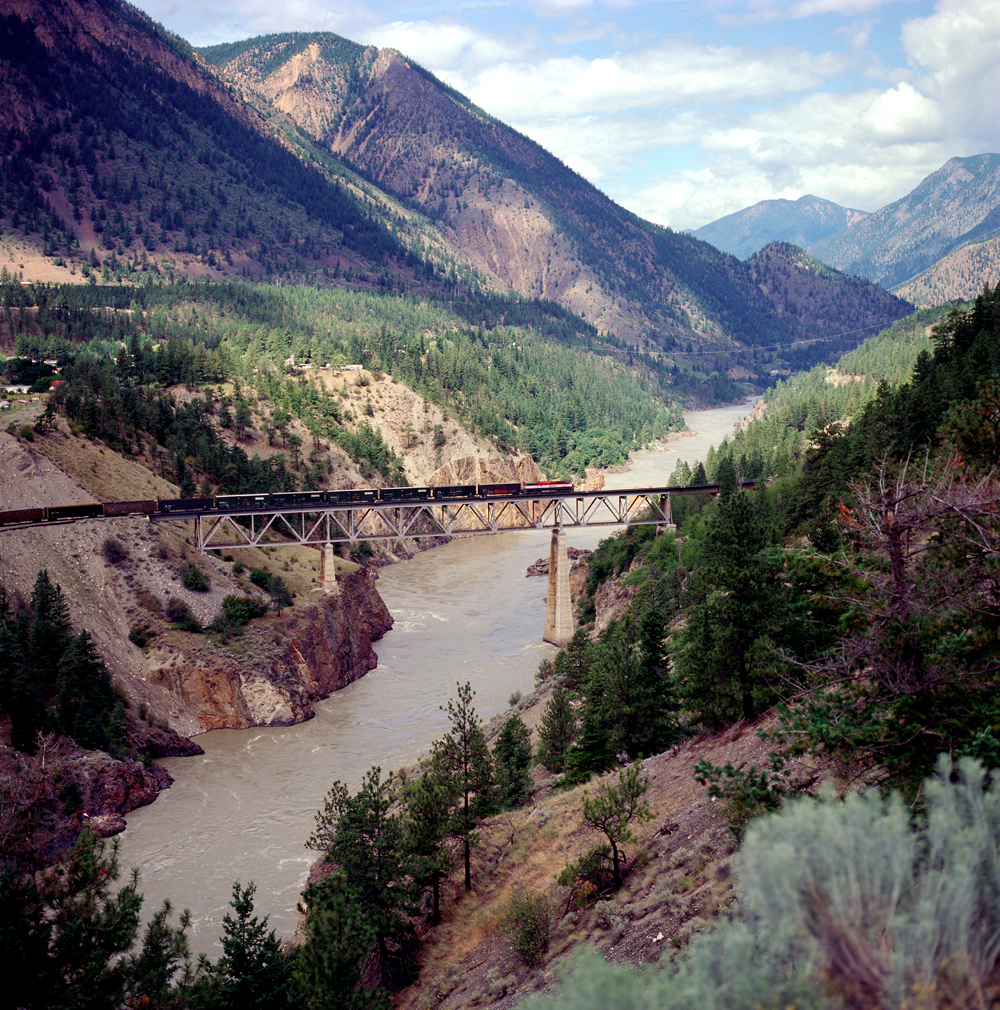
BC Rail In May 1996, during the long Canadian weekend celebrating Victoria Day, a national holiday, there was a crew shortage in Lillooet, British Columbia, on BC Rail. Normally, Lillooet had a fairly quiet joint conductors spare board — one could sit second-out for the better part of a week! That weekend, most of the […]
Read More…
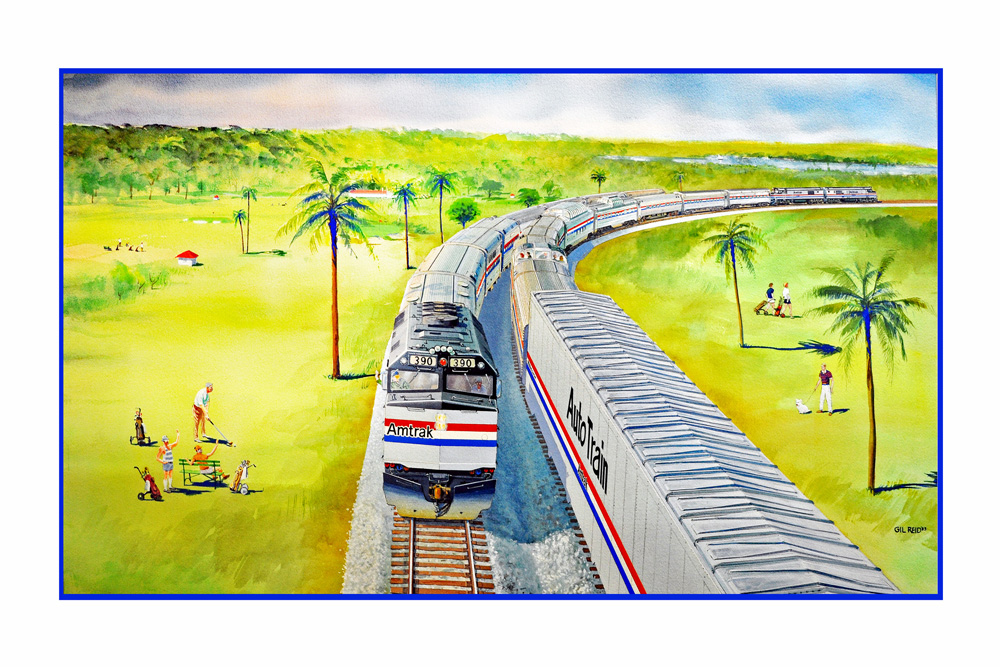
Gil Reid’s prized Auto Train watercolor Wall calendars have always been an effective business advertising tool, and some of the most memorable and collectable have been products of the public relations departments of America’s railroads. Anxious to make establish the branding of its role as the newly formed National Railroad Passenger Corporation, Amtrak began producing […]
Read More…

Combine culinary style of the late 1800s, the taste of one railroad magnate and the inspiration of another plus throw in a touch of crazy. The result is an attempt to satisfy a national craving for oysters. The old saying stands that necessity is the mother of invention. In this case, the need was finding […]
Read More…

When it comes to showmanship in mainline mountain railroading, California’s Tehachapi Pass can be described as a grand theater. Located between Bakersfield and Mojave, historic Tehachapi Loop is at center stage, an impressive helix stretching three-quarters of a mile while looping over itself to gain 77 feet in elevation. The loop itself sits at about […]
Read More…












